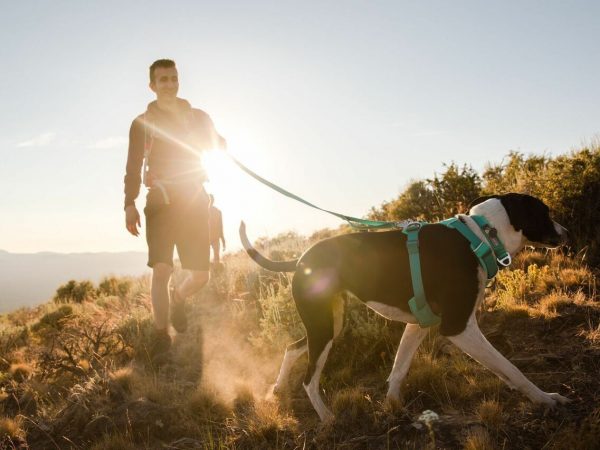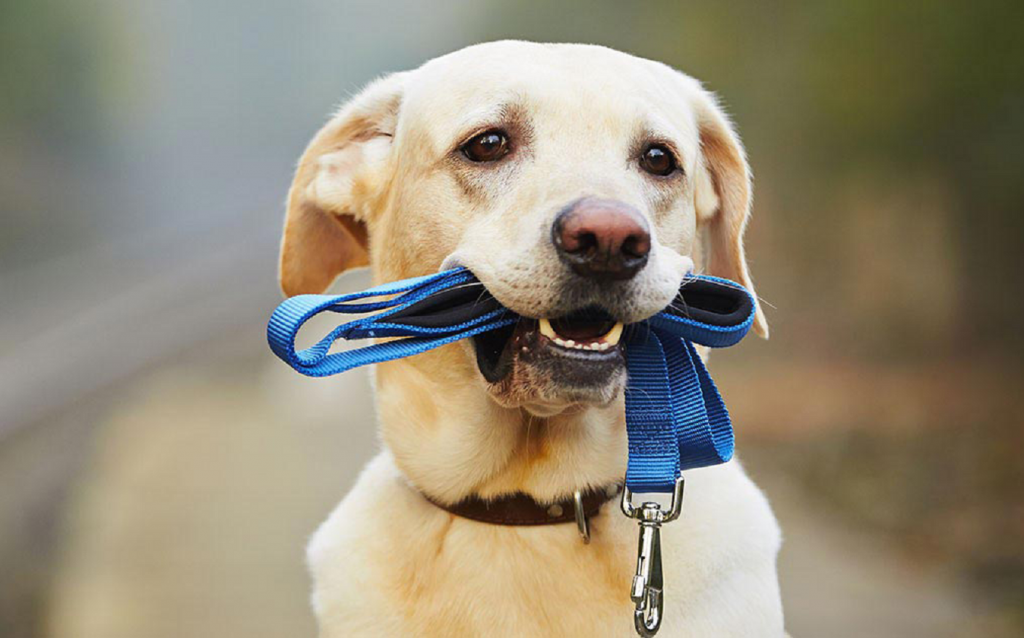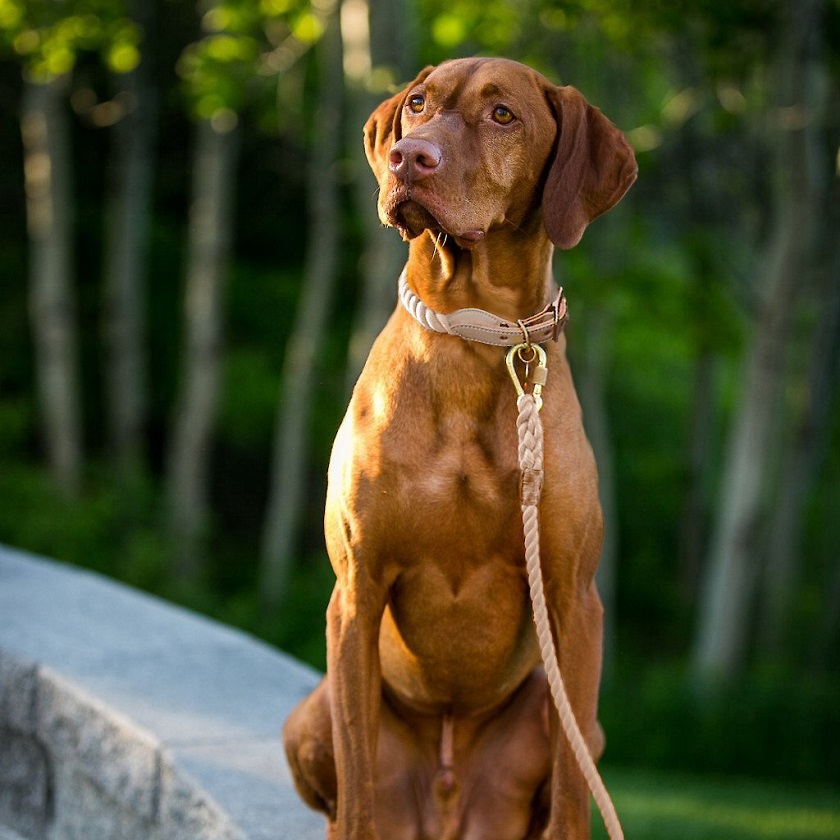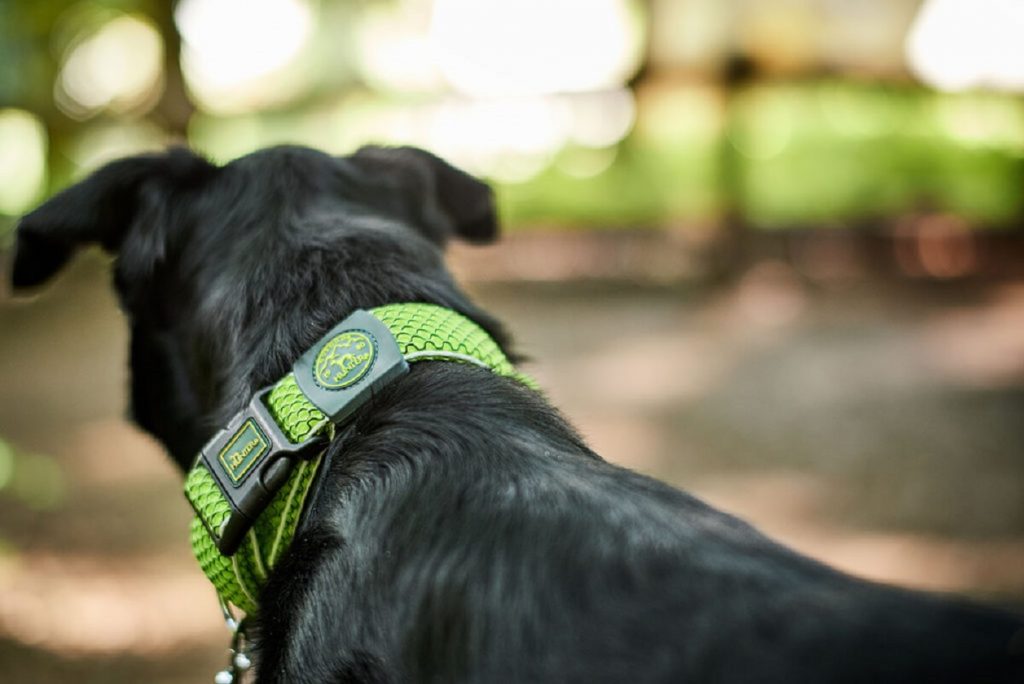27
Jan

Do you want to take your pup on a walk or run, but are unsure of how to keep them safe and secure? Do you dread the thought of having to chase after your pup if they get distracted and run away? This is a common concern for many pet owners, as they’re usually unable to keep up with their canine’s quick movements.
But don’t worry – a simple solution exists. Having a reliable, high-quality dog leash can help ensure that your pup is safe and secure while you’re out and about. It’s important to look at all of your options when considering what model best suits your needs.
Before pressing the buy button, there are some important factors to consider when choosing a quality pet lead that will keep your furry friend safe and under control.

Local laws governing where and how dogs must be leashed are prevalent in many areas. Make sure the type you purchase complies with any regulations, which may be very strict about their lengths.
One of the most common and popular pet lead styles so far is the standard one as it works well with most breeds. They are strong enough to withstand normal wear and tear and are available in a range of sizes and patterns. These adaptable leads for dogs’ range in length from 1 to 3 metres, but the most popular length is 2 metres. It’s the one that allows your dog some freedom while yet keeping you in charge.
For pooches that can’t be trusted to be out of a leash but want enough space to run and play, long dog leashes are the safest bet! They’re over 3 metres long and will make your pooch feel like there is no leash at all, which in turn can be a good way to practice commands. However, keep in mind that you’ll need a little more time to get used to handling this style, so it doesn’t get tangled or dragged on the ground.
A retractable leash, on the other hand, will give your canine friend more space to wander as it extends from the handle. Most designs feature buttons for brake and lock which many owners find convenient to let their dogs roam, but doing so reduces your level of control compared to using a regular design. As a result, they work best with calm, well-behaved dogs. Before making a purchase, think about the length, tensile power, lock, and weight restriction.

Nowadays, leads for dogs come with different hardware types. Choose the one that best suits your dog’s temperament and your needs as an owner. One of the most common clips, dog leads are made of is the bolt snap. It’s a type of hook with a manually operated bolt action slide gate. It’s normally made of brass or stainless steel so that it doesn’t corrode.
The D-ring is another valuable hardware option for a dog lead to consider. This piece of gear, also known as an “active D-ring,” is fastened to a collar or harness and can be flipped up to a 90-degree angle to conveniently attach the end of a leash or lay flat against the material when not in use.
They come in a range of diameters and are typically produced from steel alloys such as nickel, stainless steel, or plated steel. the D-ring often comes before the buckle on collars with a thickness of at least an inch. However, it’s the most secure design ever since the dog pulls against two different layers of the collar.
Besides D-rings, O and V-rings are also available. The former is a metallic circular ring often built into the centre of a lead, while the latter is designed to easily release a K9 during a hostile situation or to chase and subdue.

Who says that the material only matters when choosing a dog bed or clothing?! Nowadays, leads can also come in several types of sturdy materials.
Heavy-duty dog leashes are made of biothane, a polyester webbing with a PVC coating that makes it tough and waterproof. These are frequently used in tracking or outdoor training because it offers a superior grip when a dog is tugging without burning or stinging the handler’s skin.
The fact that biothane feels the same regardless of the field circumstances is one of its best qualities. Biothane can tolerate heat above 180 degrees Fahrenheit as well as cold below zero without losing any of its properties, strength, or durability. It is completely waterproof and can be cleaned by running it through the dishwasher.
In addition, this material can be manufactured in a wide range of colours, which is useful for visibility and other specific field scenarios.
Leather dog leashes are also great! When your dog pulls firmly, the lead is less likely to slip through your hands because of the leather’s high grip stability. When properly maintained, it doesn’t get slippery when wet and gets better with time.
If you look for a lightweight, flexible, strong, and simple-to-clean option, consider leashes for dogs made of nylon. Since nylon is a petroleum-based material, it is completely hydrophobic.
Additionally, it’s a versatile material that works well for tasks where the line could get soiled, including scent work or tracking in environments with a lot of vegetation, sand, or moisture. Because it pulls smoothly and is unlikely to snag, it shines in urban tracking conditions. Nylon is available in a wide range of hues, making the lead for dogs quite obvious when required.